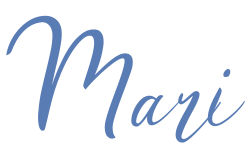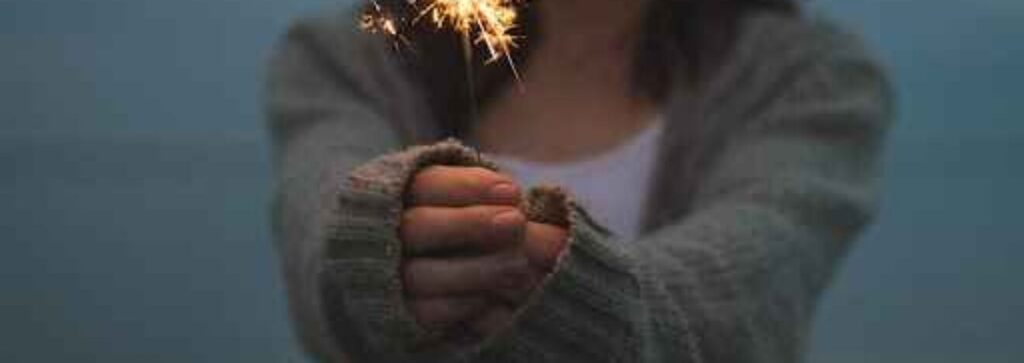Every year when the ball drops, revelers around the nation hear the song “Auld Lang Syne” spread the message of leaving behind things we no longer want in the old year so we can bring our dreams into the new year.
Some may take this literally, making grand resolutions to change themselves for the coming year: gym membership, new diet, new home project, new vow to be sober, etc.
Often these gestures lead to a sense of disappointment, helplessness, and failure. The exact opposite of the intended resolution!
Have you asked yourself why you do this year after year? Even though it made you feel like crap when you broke the resolution 2 weeks into the new year.
Maybe in one year, you accomplished all your resolutions, only to realize something needed to be added.
Or maybe you made them, completed them, and are already starting your list for next year. Not taking the time to enjoy all you have been doing.

Whichever one sounds like you, and I’m sure there are more iterations, I think we all agree that how we choose to treat ourselves is much more important than doing or not doing a resolution.
When I say “treat” I mean the way we think about ourselves, the way we talk to ourselves, that inner voice. Is it kind? Critical? Demanding?
Ever wonder where that voice came from? How did it develop? Quite often – no – always, that voice comes from how we have been treated, spoken to, or not spoken to, praised, appreciated, and loved. We are relational creatures, and we are impacted by our relationships with others throughout our lifespan. The earliest relationships have the most impact. More on that later.

Resolution Versus Reflection
Of course, there is nothing inherently “good,” “bad,” or “wrong” about resolutions. They represent how we want to improve and the determination to stay accountable for those goals. It is when we view these goals in black and white, success or failure, achieve or crash and burn, that is when such goals become damaging.
Reflection on the other hand gives us a chance to step back, get perspective, review, etc. However, in order to do this, we must be in a subjective, neutral state of mind, non-critical and non-judgmental. Sounds simple, NOT. Reflection asks you to give yourself time, patience, and an open mind. Some people find they can do this in nature, in meditation, or in a spiritual house of worship.
Can you feel the difference? Resolutions are a “top-down” action, meaning something coming from an idea, ideal, or idol which has its time and place.
Reflection is all about being still, listening to your heart, letting thoughts come to you, feeling your emotions, and even your body.
The first step: be honest with ourselves. What do you want, what can you do, and what is available to you now?

Influence of The Mother Experience
Returning to how we treat ourselves. To know this, we must pay attention to what we expect from ourselves and what we think we can and cannot do. Notice the thought patterns we use when we wake up in the morning, and how we feel, expect, and want from our day.
How did these patterns develop?
Again, I like to pull on early or common relationships.
Depending on how we’ve been treated, spoken to, considered, and respected is often how we later treat ourselves. I refer to the phenomenon as the Mother Wound. The mother is our first relationship, starting in the womb. We are carried, held, kept warm, and brought to life. From then on, we have that imprint on our psyche. The imprint from further caretaking will deepen, disrupt, or dismantle the early bonds we feel with our mothers.

Critical Language Versus Mindful Language
Re-parenting ourselves in adulthood is powerful for helping to rewrite the inner voice developed from childhood. The difference between speaking to ourselves critically versus mindfully isn’t necessarily a simple transition. It takes awareness of language and how that impacts our psyche and thus, our bodies.
Through rephrasing, in the present tense with compassionate language, we find ourselves achieving our desires without the pain of climbing a mountain. But as a coming-into-your-own.
If you did some journaling throughout the year, allow yourself a moment to reflect in an objective way. What did you achieve? How did you achieve it? How can you use that knowledge and confidence? Also, what did not go as planned, and what were your thoughts at the time versus now?
This connection between the past helps us to look toward the future. Identify patterns and adapt your language.
How does the tension in your body differ after the language adjustment? Is there a lack? Is there lightness and hope?

Body Awareness and Breaking Patterns
Compassionate language is crucial for breaking patterns and building new ones.
Let’s practice something:
Take a moment and allow yourself a deep inhaling breath, pause, and then let out a full exhalation. Do you notice if and where there is any tension in your body?
Try reciting a resolution: “I will start going to the gym” – How does your body feel? Any tension? Are any internal voices commenting?
Now say to yourself: “I am exactly where I need to be right now” – Notice how your body responds to those words. More tension? Less tension? New or old thoughts coming in? Kindness and positivity can be surprisingly difficult for many.
Let’s try this again by reciting: “I will be more productive” – Be mindful of tension in the body.
Now take a few deep inhales and even longer exhales and allow your tension to melt away, one muscle at a time.
See what happens when you recite a goal with compassionate, caring language. Breathe and tune into how your body feels. “I deserve to move my body and feel good.” Take note of the difference.
Are you aware of a pattern? Can you sense when stress and tension begin to come in?
Do you notice if it is easier to use negative language over positive when speaking to yourself?
Is there a stressor coming at you, even when you are the only one in the room?
When we give ourselves little room for mistakes along with high expectations, we find ourselves in a painful situation. Using language that repeatedly causes tension throughout the body is to carry an unhealthy level of stress. Stress in the body raises our cortisol levels creating imbalances in our Nervous System, which then affects our thinking and feeling patterns. If these patterns are negative, the cycle it sets off is the Critical Loop.
It is time to break the critical loop.

Conclusion
There is so much criticism coming towards us, yet the only criticism we can control is our own. When we become aware of how our thoughts affect our body and our body affects our thoughts we become mindful of what may otherwise be an unconscious Critical Loop.
By taking time to be more mindful of how we speak to ourselves, what we expect of ourselves, and what our body wants, we are better able to plan our goals and reach our desires easier and more fully.

Mari Grande is a Licensed Clinical Social Worker and a Creative Arts Psychotherapist in New York, New Jersey, California, and Florida with 20+ years of experience working with individuals and groups. She specializes in using creativity to help people heal from traumatic events.
- This author does not have any more posts



